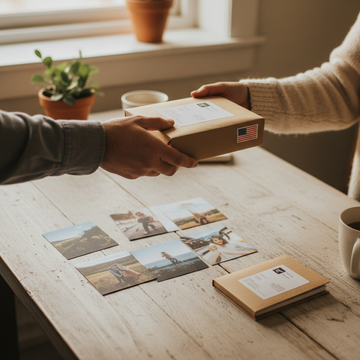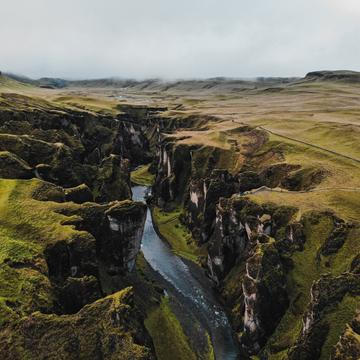- Sale %
- Photo PrintsNew!
- Photo Magnets
- Photo Books
- Wall ArtNew!
- Calendars
- Accessories
- Occasions
- Gift ideasNew!
- Magazine

Incredible fun, but also a great responsibility. All this includes flying a drone. Do you want to buy a drone? Or do you already have one at home and you are planning to go out and fly? We will advise you what rules apply when using it and how to prepare for the flight.
There are many drones on the market. However, it is necessary to distinguish which drones to choose and for what use. Not every drone can be controlled without permission and rules apply to every type.
There are usually two variants of flying:
It is not necessary to apply for a permit for recreational and sports purposes, but the drone must not exceed a weight of 55 pounds. However, for all types of drones or flying, you must respect a certain regulation, which we will describe later. An overview of the drone laws can be found on this website.

💡 Tip: Insure your drone. A certain guarantee is always appropriate, because the pilot is responsible for operation and possible damage made by the drone.
Training is always important and beneficial, and this also applies to drones. Reading the manual is an important matter of course, but unfortunately it will not provide you with practical knowledge and skills. Drone control in reality is often accompanied by many factors that affect the flight.

Therefore, try to start with lighter and cheaper drones for example, with which you will first practice simple and then elaborate movements. Later you can move on to more expensive and heavier ones. This way you will be sure that you will not break the expensive drone immediately and you will control the basic movements that are necessary for you to take off safely.
Train in open spaces where you can't bump into anything and don't forget to try the mirror movement as well, i.e. turning the drone facing you, when it is necessary to control the levers in the opposite direction.
After getting used to the controls and interface, you can go flying. However, do not forget to check the drone before each flight. If you don't do that, and an unexpected problem arises, it can be quite expensive. Do not rely on situations where nothing has changed since the last flight or first setup. Just one badly mounted propeller and your flying can turn into an unpleasant experience.

So before each flight, you should make sure you have everything set up correctly - updated software, altitude adjustment for safe drone return, obstacle detection mode, or compass and sensor calibration. If you want to fly longer, check the battery status or take some extra stock. And just to be sure, have a spare propeller or a backup memory card in your backpack.
Bad weather and a drone don't go together. Do not try to prove your ability to control in adverse conditions, you may endanger someone or damage the drone.
Of course, drones fly best in windless and sunny weather. If you encounter smaller gusts, the wind speed range between 9 mph and 21 mph should still be safe for the drone. It is possible to fly even in more severe weather conditions, but it is hard on the drone and battery unnecessarily. Also avoid snow and rain.

As flying drones gradually changed from military to private, it was necessary to set rules that have to be followed. Do not forget to study them carefully, the Federal Aviation Administration may impose civil penalties of up to $32,666 per incident.


Due to new U.S. customs rules, we’ve had to introduce a $100 minimum order for American customers. Small pa...

If you think mini photos are only good for your wallet or small photo album, you are wrong. We're going to ...

Colorful leaves, shiny chestnuts, pumpkins on every corner… Autumn is truly magical. It’s also the perfect ...

Iceland is a country that gets under your skin. A landscape full of contrasts, where glaciers meet fire and...

During the summer, we take a lot of photos and it happens that the best moments remain buried deep in the g...

Love the look of Instax photo prints with their iconic frame but don’t want to invest into an expensive cam...